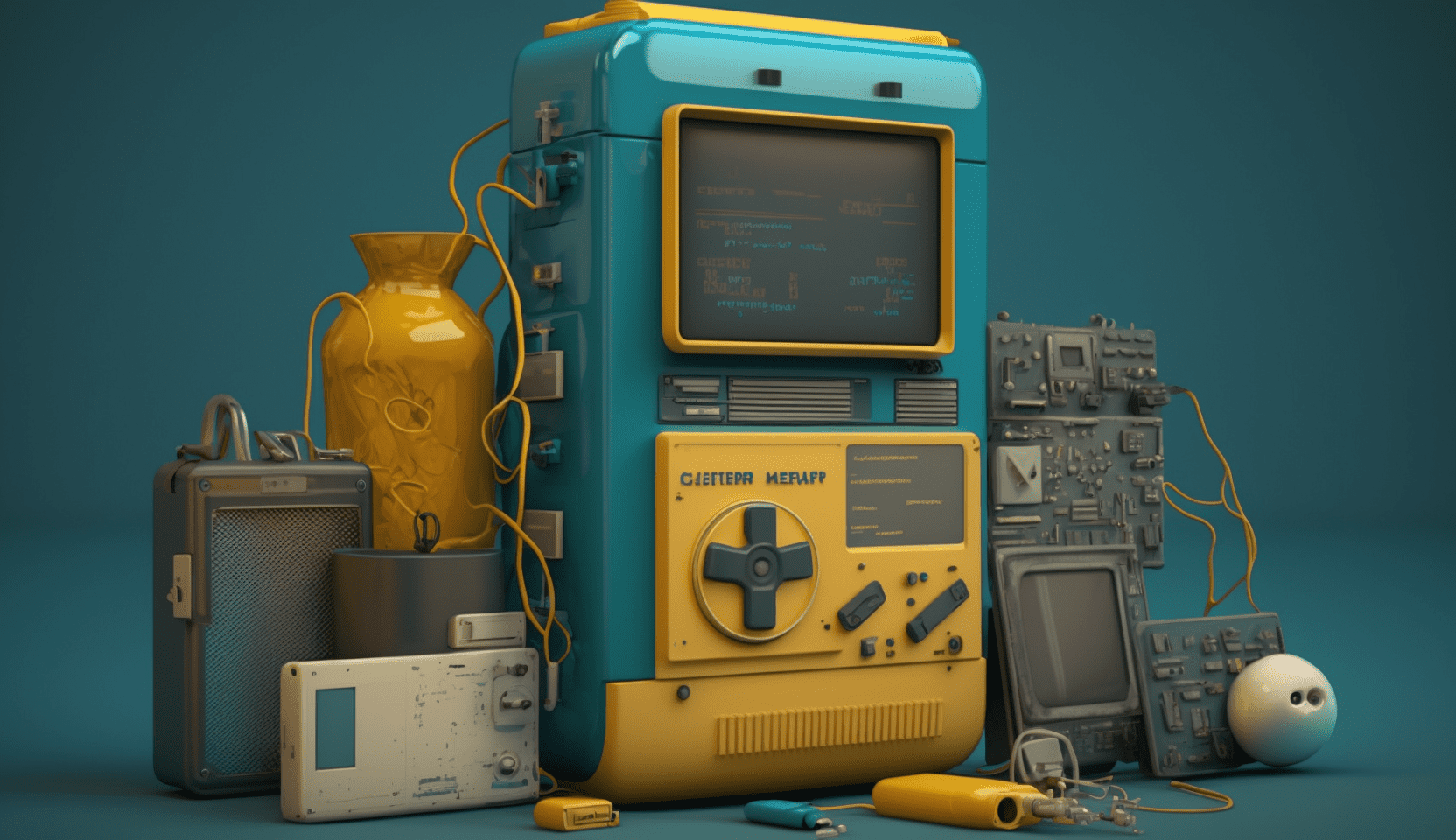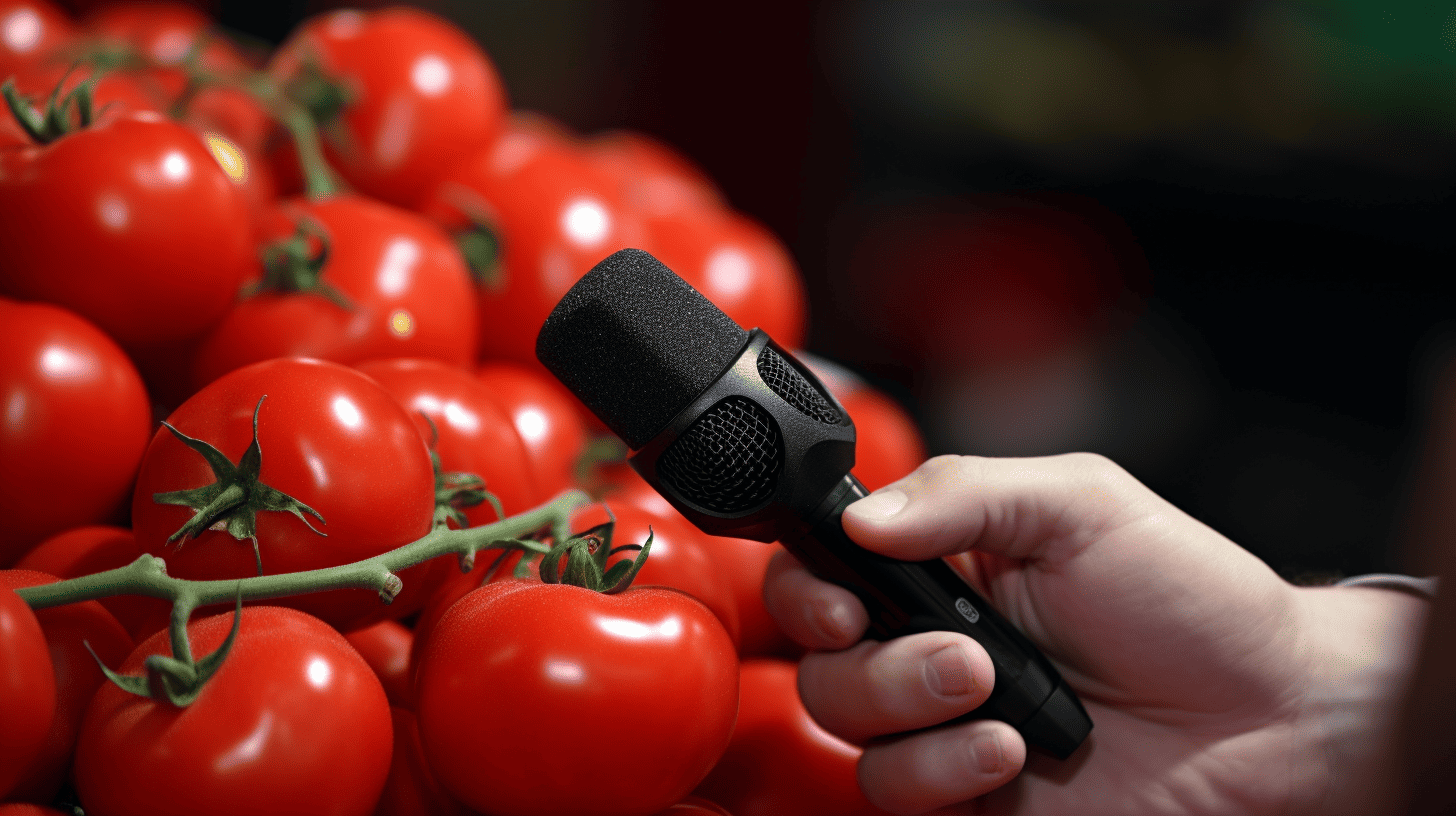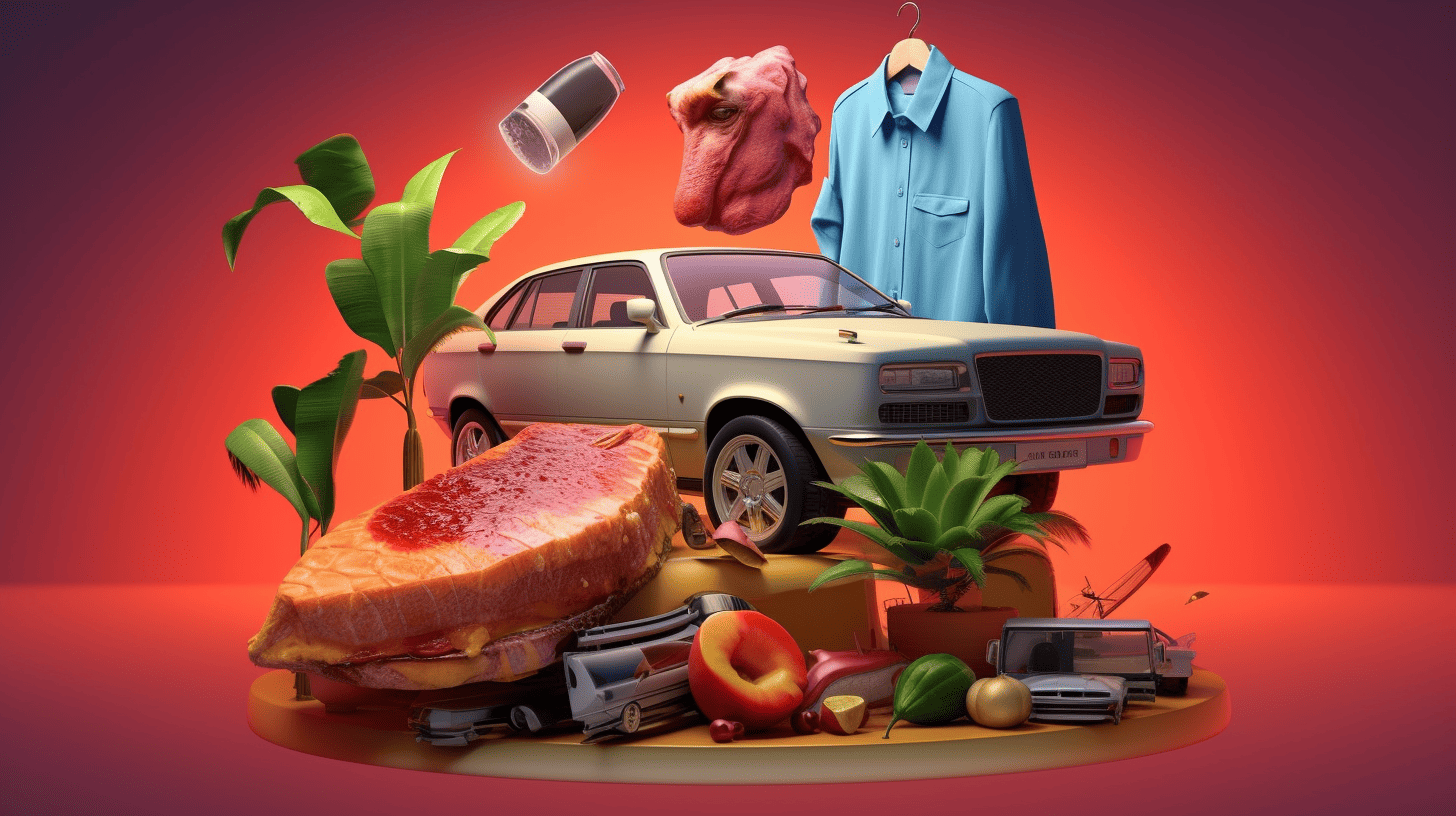
In a weekly column, alternately written by Lucien Engelen, Maarten Steinbuch, Carlo van de Weijer, Daan Kersten and Tessie Hartjes, E52 tries to find out what the future will look like. All five contributors are all working on technologies that can provide solutions to the problems of our time. This Sunday, it’s Daan Kersten‘s turn.
Here are all the prior editions of [TOMORROW IS GOOD]
“The impatience is sneaking into our lives as a consumer but it also gives color to the way we look at business.”Daan Kersten,
While I’m beginning to write my column and pondering over the topic of this edition, my girlfriend says ‘Tomorrow is actually today’. Tomorrow only exists in our head and only today. Because tomorrow it is today again. I take the time to let this deep thought sink in. It is true actually, we can only make tomorrow better by taking action today and by, for instance, coming up with, developing, testing, building, and using new technologies.
This especially applies to the present time, we want direct fulfillment of our wishes. If we want to purchase something, the need just has to be satisfied straight away. Next day delivery (so tomorrow) is not better, in fact, it isn’t even good enough anymore. We want to order now and receive our order today. Bol.com recently launched ‘Select’, a subscription to receive 300,000 items faster, which is a lot like what Amazon offers through ‘Prime’: 50 million items of which a part is even delivered within two hours. Currently by bike, motor or delivery car and soon undoubtedly with a self-propelled car or drone.
This impatience is sneaking into our lives as a consumer but it also gives color to the way we look at business. I regularly find myself having a hard time accepting the lead time in the supply chain of our machines. Some parts have to be ordered sixteen weeks beforehand, if we want something turning or milling, eight to ten weeks is normal, while we think the time between the order of a customer and delivery should be a maximum of three months. Our customers are after all also consumers and they think that if they spend a considerable amount on a 3D metal printing system with a price tag of two or more Ferraris, they shouldn’t have to wait long to use it. The printer with which they can then make their own parts in a few hours to a few days, depending on the size of the product.
This will eventually also change the industry and shorten the corresponding delivery times. For new parts, a long delivery time may still be tolerable because of the systematic nature of the demand but this isn’t the case for spare parts. For spare parts, nobody, neither the consumer nor the business user accepts that it takes ten to sixteen weeks before they become available. High stocks are both the solution and the consequence. This is where 3D printing offers a nice perspective in the future. We stick to a digital stock and only print the parts we need at the place they’re needed. Not tomorrow but today, the defect has then been rectified today and so tomorrow is better.
Enjoy your Sunday!







